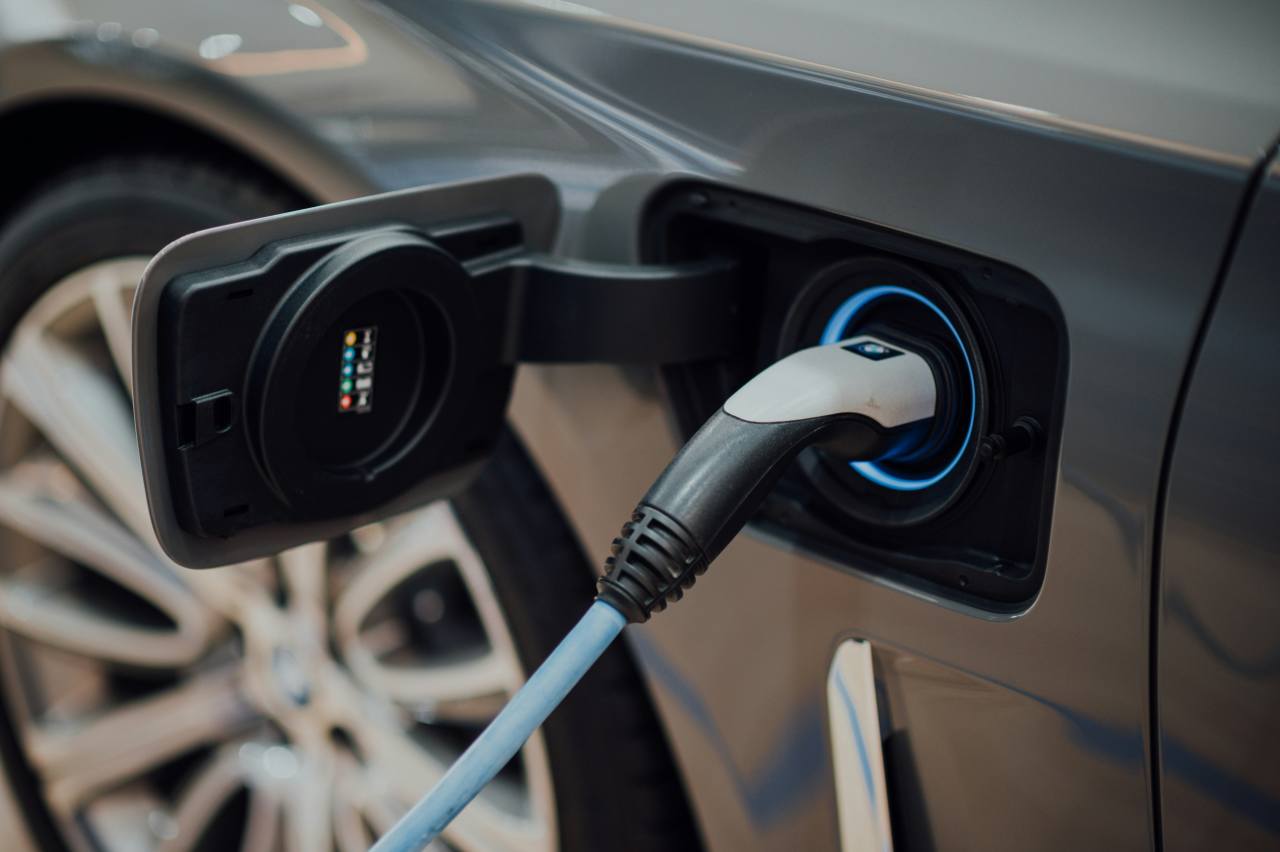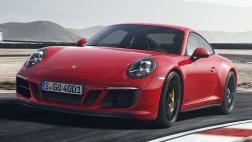This latest incarnation of petrol-electric technology from Toyota, the new model Camry Hybrid, is a drivers' car that gives away little to petrol or diesel powered cars.
It delivers performance, comfort, ride and handling at least the equal of rivals and may well prove to be a hybrid game-changer for Toyota. Toyota also addressed other concerns with the Hybrid including enlarging the boot and giving the car light towing ability.
VALUE
Toyota has reduced the price of Camry Hybrid to $34,990. That is $2000 under the old model. Toyota calculates that if the hybrid used a third less fuel than the petrol Camry fuelled on unleaded petrol at $1.50 a litre and driving 20,000 km a year over three years - the fuel saving would be $2340.
This figure places Camry Hybrid within the same financial ball park as the regular Camry petrol powered sibling. The upmarket HL variant has an RRP of $41,990 which is a $1500 increase, but Toyota says this includes $4500 in equipment gains over the current model.
What you may now see on the Camry Hybrid is a tow bar. The current Camry Hybrid has no tow rating, a major negative for some Australian buyers. This new generation has been rated at a modest 300 kg tow rate, enough to get the tinny to the boat ramp and a trailer to the tip. Forget towing a van around Australia. The conventional Toyota Camry has a tow rating of 1300 kg.
Camry Hybrid features the same classy interior Toyota introduced with the new seventh-generation petrol models. There is now a driver's knee airbag, taking the SRS airbag count to seven.
Both models have a power operated driver's seat with lumbar adjustment and the HL also gets power controls for the passenger seat. Camry Hybrid HL has automatic dipping high beam and a 10-speaker premium audio system including CD/DVD player and live traffic updates along with digital radio.
Camry interior is particularly spacious for both front and rear seat passengers. Boot space has been increased by 8 per cent to 421 litres as a result of the hybrid battery being moved slightly forward. There is a large ski hatch allowing for long items to be placed in the boot.
Camry Hybrid gets all the same safety gear as the petrol model: Vehicle Stability Control, traction control, ABS brakes, brake assist, reverse camera and a 5-star ANCAP rating.
In 2010 Toyota sold 6833 Camry Hybrids (which were then called Hybrid Camrys, not Camry Hybrids - ah, the joys of marketing!) and in 2011 sales were 5204. It's wish list is to hit 10,000 units per annum. This new model may just help it achieve that.
TECHNOLOGY
At the heart of the Camry Hybrid is a new 2.5-litre four-cylinder petrol engine and high torque electric motor. This engine replaces the previous 2.4-litre engine and puts out up to 118 kW. Peak torque is 213 Nm at 4500 rpm.
When combined with the electric motor, power is rated at 151 kW. The electric motor puts out 105 kW of power and 270 Nm of torque. Power is delivered to the front wheels via a continuously variable transmission. It is a potent, yet seamless, combination.
Toyota Hybrid now has an EV button which, if the battery has sufficient charge, allows the Camry to be all-electric for up to two kilometres. Toyota has also done away with belt drives from the engine for the water pump, air-conditioning and power steering. These are all now driven electrically.
DESIGN
There are a few exterior changes to Camry Hybrid when stood alongside petrol Camry. The radiator grille is different with a chrome upper section and a 'hybrid blue' Toyota badge framed by headlights set off by blue accented extensions. The rear end also boasts a hybrid blue Toyota badge and the HL grade gets a boot spoiler and chrome garnish.
DRIVING
For those doubting hybrid performance there is one statistic that stands out: 0 to 100 km/h in eight seconds flat. That sees Camry Hybrid finishing 1.3 seconds ahead of its sibling rival, Camry petrol thanks to the immediate delivery of bulk electric torque off the line.
Straight line speed is only part of the story. The Hybrid took to the Targa Tasmania roads with a great deal of delight. This new Hybrid corners flat and fast with no sign of body roll or understeer. The car has superb acceleration particularly in the critical passing range between 80 and 120 km/h.
Despite our enthusiastic drive program, by the time we had looped almost 300 kilometres between Launceston-Bridport Beaconsfield-Launceston the computer readout revealed we were using just 7.3 litres/100 km. The official combined consumption is much lower at 5.2 litres per 100 km (down by 13 per cent on the superseded model).
The steering feels lighter than in the superseded model but still offers good driver feedback. Toyota believes its new Camry Hybrid will cement hybrid cars as being part of the norm. After several hours at the wheel in a variety of road conditions we can see why.
It simply drives like a `normal' car apart from having more grunt. It even looks like normal car, except for the subtle blue badges (Blue is the new Green with car makers).
Toyota Camry 2012: Hybrid H
| Engine Type | Inline 4, 2.5L |
|---|---|
| Fuel Type | Unleaded Petrol/Electric |
| Fuel Efficiency | 5.2L/100km (combined) |
| Seating | 5 |
| Price From | $11,660 - $15,510 |
| Safety Rating |
|
Pricing Guides




.jpg)














.png)





.jpg)

